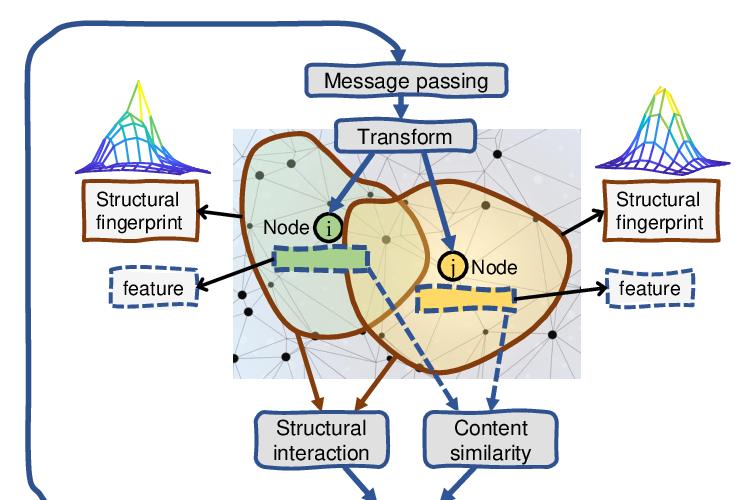Abstract:
Learning to cooperate is crucially important in multi-agent environments. The key is to understand the mutual interplay between agents. However, multi-agent environments are highly dynamic, where agents keep moving and their neighbors change quickly. This makes it hard to learn abstract representations of mutual interplay between agents. To tackle these difficulties, we propose graph convolutional reinforcement learning, where graph convolution adapts to the dynamics of the underlying graph of the multi-agent environment, and relation kernels capture the interplay between agents by their relation representations. Latent features produced by convolutional layers from gradually increased receptive fields are exploited to learn cooperation, and cooperation is further improved by temporal relation regularization for consistency. Empirically, we show that our method substantially outperforms existing methods in a variety of cooperative scenarios.


